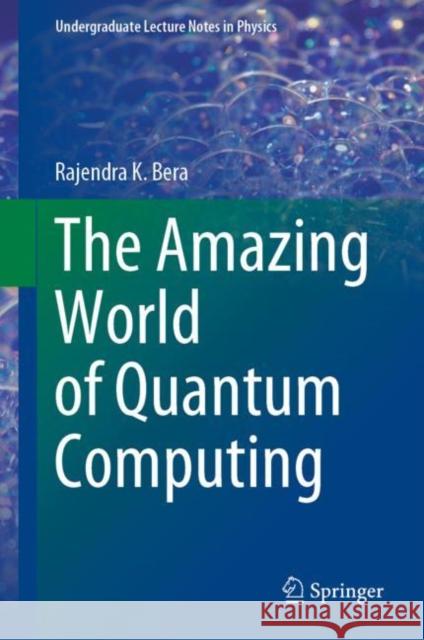The Amazing World of Quantum Computing » książka
topmenu
The Amazing World of Quantum Computing
ISBN-13: 9789811524707 / Angielski / Twarda / 2020 / 265 str.
The Amazing World of Quantum Computing
ISBN-13: 9789811524707 / Angielski / Twarda / 2020 / 265 str.
cena 262,25 zł
(netto: 249,76 VAT: 5%)
Najniższa cena z 30 dni: 250,57 zł
(netto: 249,76 VAT: 5%)
Najniższa cena z 30 dni: 250,57 zł
Termin realizacji zamówienia:
ok. 22 dni roboczych
Bez gwarancji dostawy przed świętami
ok. 22 dni roboczych
Bez gwarancji dostawy przed świętami
Darmowa dostawa!
Kategorie:
Kategorie BISAC:
Wydawca:
Springer
Seria wydawnicza:
Język:
Angielski
ISBN-13:
9789811524707
Rok wydania:
2020
Wydanie:
2020
Numer serii:
000419730
Ilość stron:
265
Waga:
0.61 kg
Wymiary:
15.9 x 24.1 x 2.1
Oprawa:
Twarda
Wolumenów:
01











